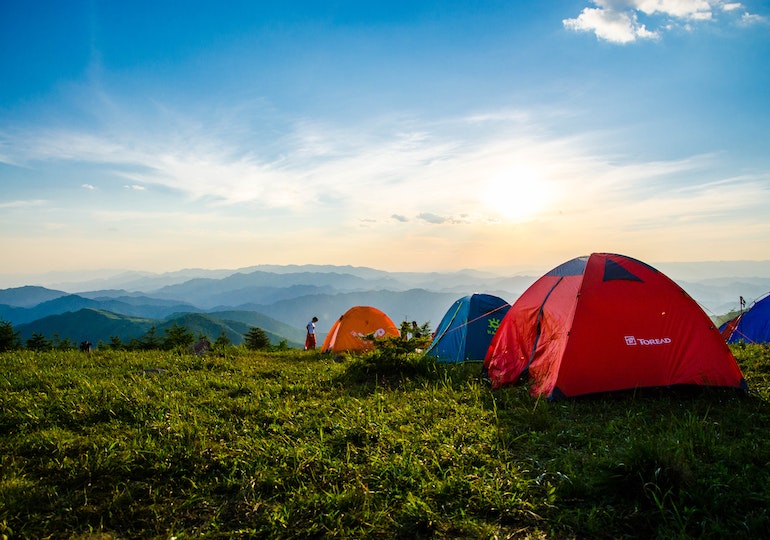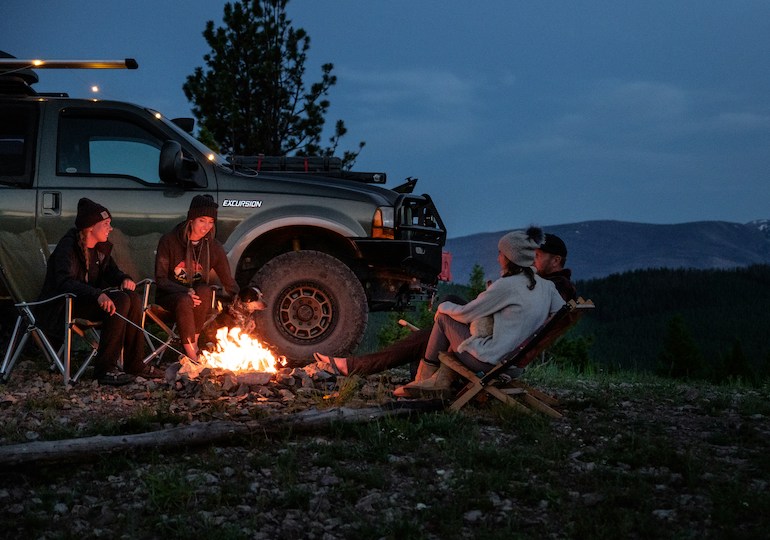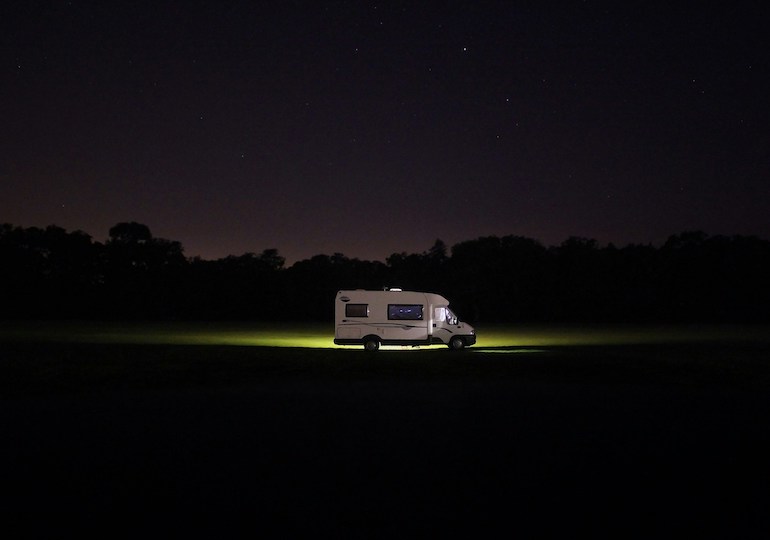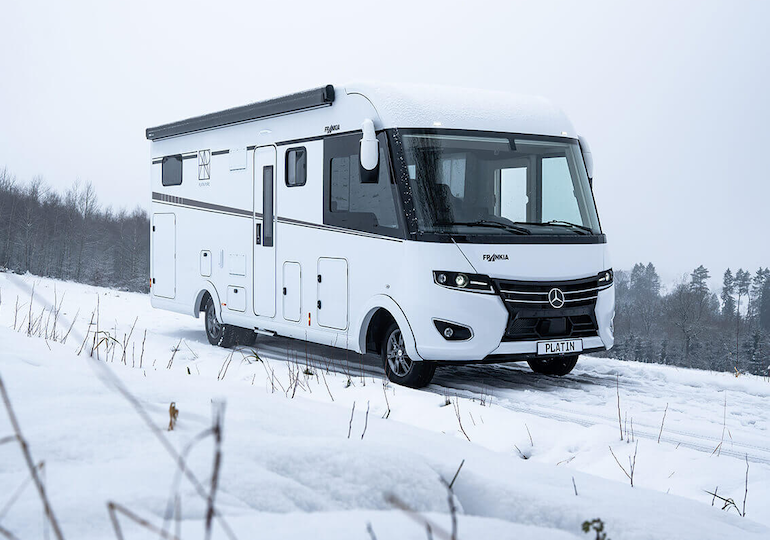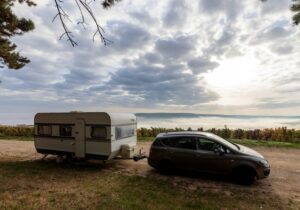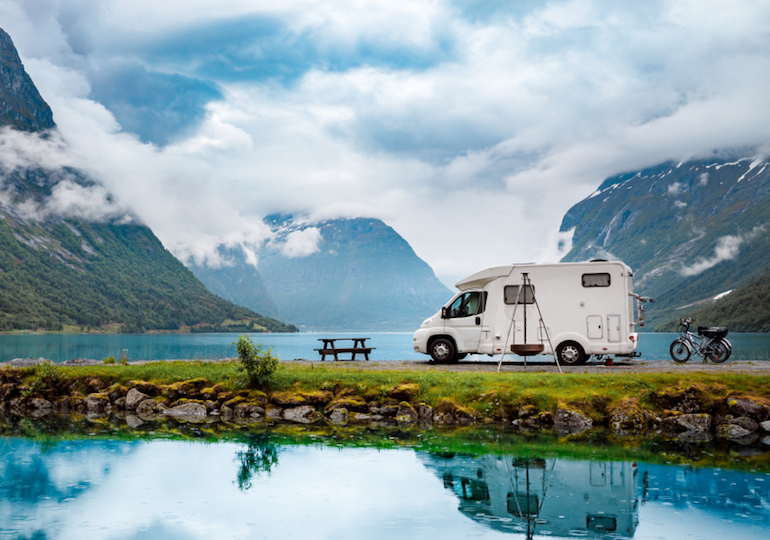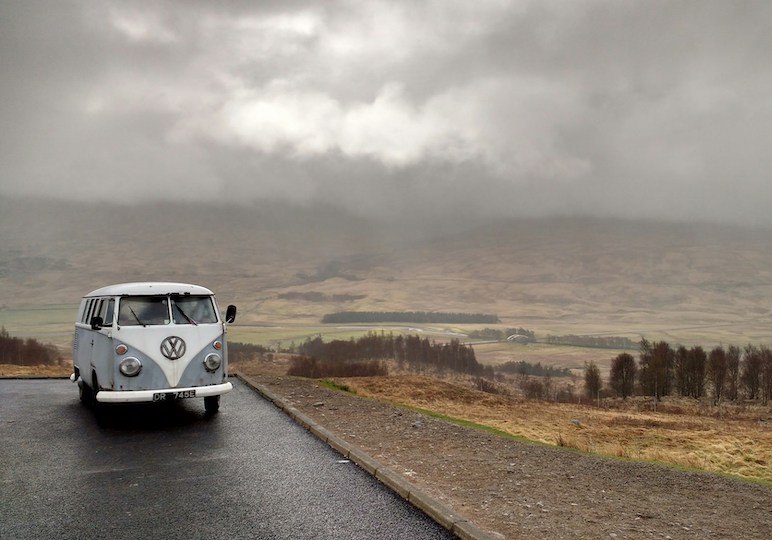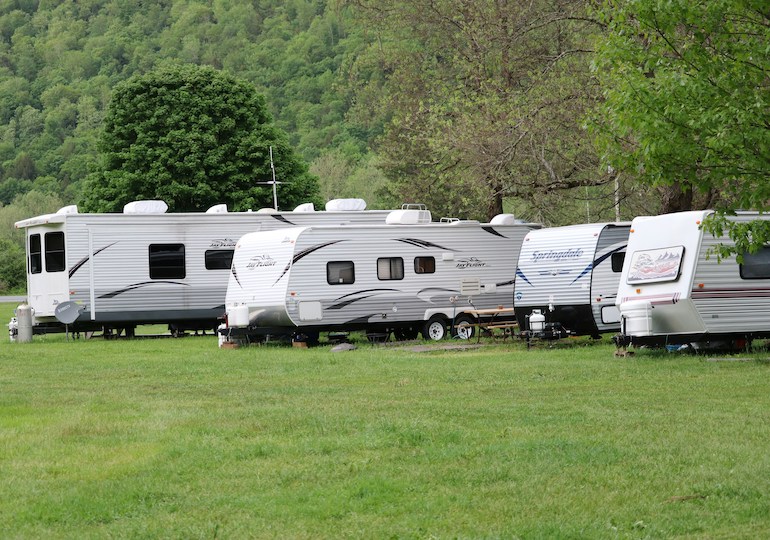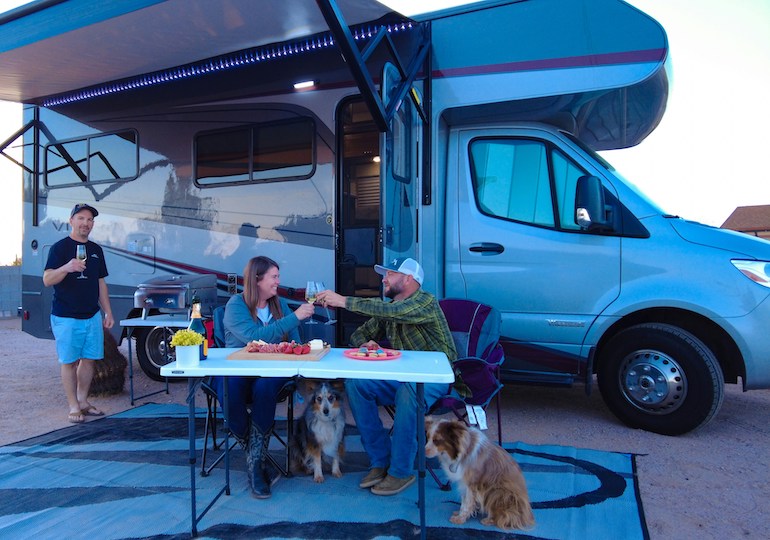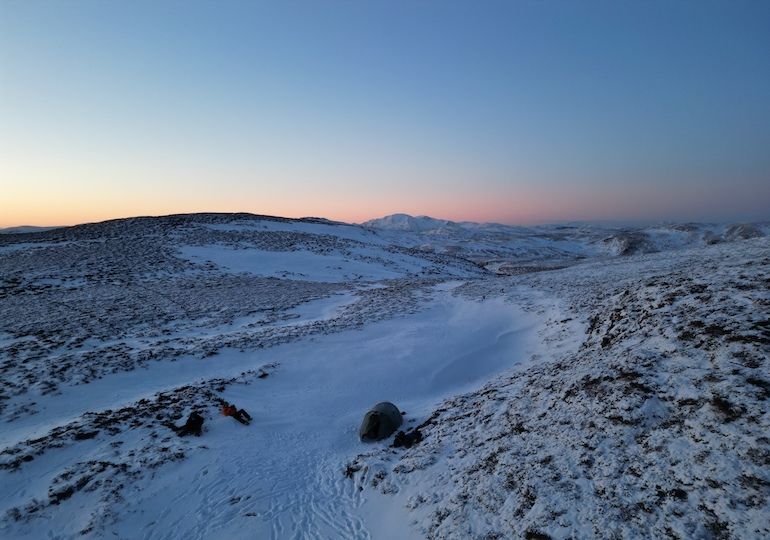Dan Cartwright has over 12 years of experience in the caravan and motorhome industry. He is a judge for a number of prestigious leisure vehicle awards and regularly heads off in his motorhome with his family. Every week, Dan shares his insights with the community. Here’s what he has to say this week.
As the warmer weather starts to creep in, the great outdoors becomes so much more appealing – especially for those who want to try it for the first time in a tent. There are lots of festivals starting up and for many people, this will be their very first experience sleeping under the stars. Or rather, under a canvas, under the stars!
Rather than banging on about caravans and motorhomes, I’m taking a break from the regular schedule to give some pointers for those camping for the first time. I’m certain that all of these tips will make your experience as enjoyable as it can be.
You might have already guessed, but the following lessons have all been learned the hard way. I’ve made these mistakes myself as a novice, camping all around the country. So, here’s how you can avoid them altogether.
Understand the difference between inner and outer
Tents have a waterproof outer layer and in the sleeping area, an inner layer that’s not waterproof at all. The external fabric loses its function if it’s touched from the inside. This might sound elementary, but depending on the size of your tent and what’s inside it, it can be an easy mistake to make.
If you’re shopping for tents, my top tip for being on the safe (and dry) side is to take the number of people it suggests can sleep inside and divide it by two. This should provide ample space to camp without having yourself, bags, sleeping mats or clothes pushing against the insides.
When I was completing my very first Duke of Edinburgh expedition, nobody adhered to this rule, despite our teacher offering very strong advice. Consequently, every member of the group ended up carrying soaking wet clothes and equipment for the remainder of the trip. Of course, they weighed twice as much as usual and were useless from there on out. Happy days.
Never count on the British weather
Ensure you pack for the worst-case scenario in terms of kit, but remember how you leave your tent is just as vital to your experience. I was once in the Lake District across the Easter weekend and there was a huge snow flurry.
I woke up feeling warm and toasty and decided to leave my things and head out for a walk. It eventually turned into a beautiful day – until I returned. The weight of the snow had pushed the inner and outer layers together and, as it melted, went pouring into my tent and all over my belongings.
Around five o’clock in the afternoon, temperatures dropped back down to freezing and with no other choice, I had to put on my waterproofs and sleep in them for the slightest bit of insulation. Had I simply thought clearly, packed everything away that I wasn’t bringing on the hike and cleared the snow from my tent, I’d have been warm and cosy again.
Be realistic about the size and shape of your tent
I’ve been to plenty of festivals and for newbies, there are certain things you learn pretty much immediately. For example, that picture you might have painted in your head of parking the car and walking a few metres to your area? No chance.
On my first Glastonbury experience, I had to carry an ex-girlfriend’s back-breakingly large tent about a mile and a half from the car park. She couldn’t do it, so I had to take my little tent and hers, which weighed as much as a small child, with no decent carry straps. She assumed we’d be camping right next to where we parked and, at that moment, a valuable lesson was learned.
I’ve seen lots of people make the same mistake. If you’re carrying things, think carefully about the size and weight they pack down to – you might want to consider something smaller. Hiking tents are a lot more practical for festivals or first-time campers than huge family-sized tents or pop-up ones.
Finally, make sure you practice putting up and taking down your tent before you go. Trying to set it up for the first time when you’re tired and the rain is pouring is not going to be fun. Trust me!
Bin liners and orange survival bags are your friends
This one probably sounds questionable if you’ve never been camping, but let me explain why it’s potentially life-saving. Orange survival bags are durable and heavy-duty – think rubble sacks. You could fit a human inside one, or simply your belongings, to keep dry.
No matter what happens with a rucksack, even if it says it’s waterproof, that will only be true when it’s fully zipped up. Having 100 per cent waterproof bags that you can throw items in, wrap them up and leave in your tent is a game-changer. This ensures your belongings stay dry, even if something happens to your canvas.
Of course, plastic bags aren’t good for the environment. I’d recommend investing in good quality ones and you’ll keep them forever. I’m still using the same survival sack that I bought when I was 13 years old.
Camping sounds… terrible?
If you’ve never been camping before, I promise you’ll have a fantastic time. It’s so much fun and you’ll learn a lot from the experience. If you do run into any of these problems, don’t be dismayed. There’s always a silver lining and, when it comes to camping, it’s that you’ll never have the same problem again because you’ve learned your lesson. Just like me!
Remember, in a tent, it’s very hard to get warm and dry if you’re cold and wet, so protect your equipment as much as you can.
Photo credit: Xue Guangjian

